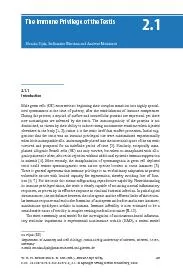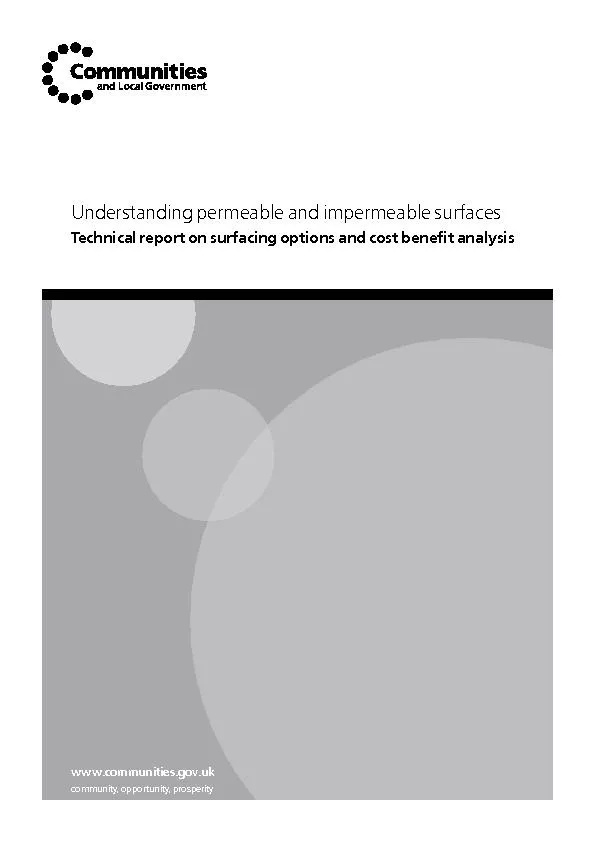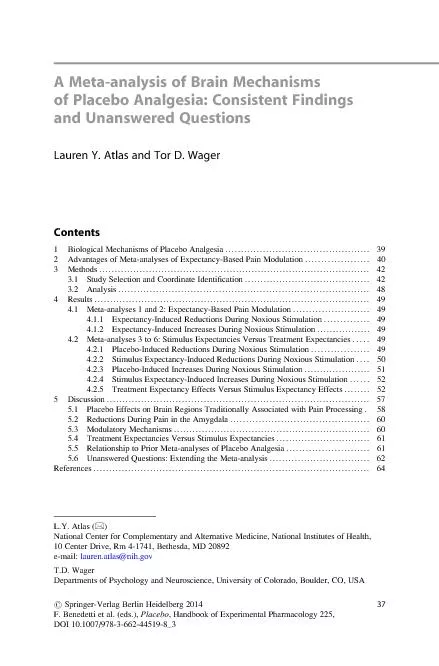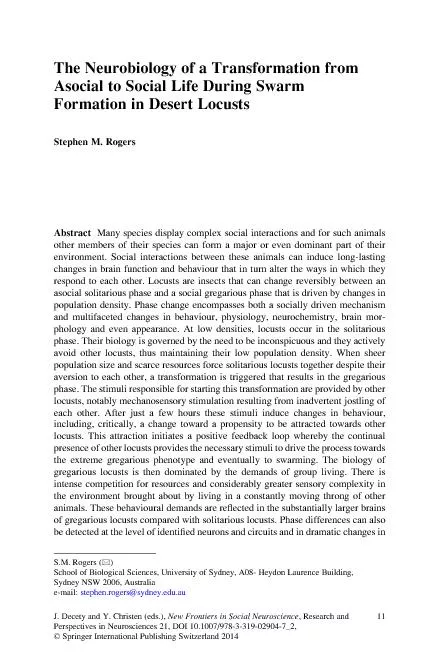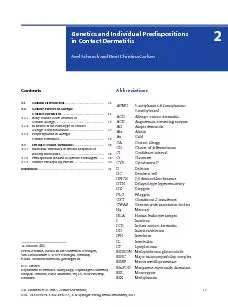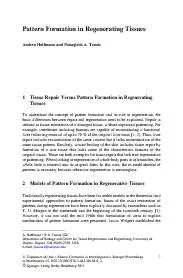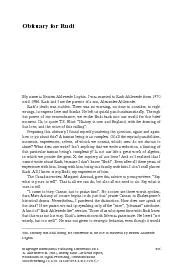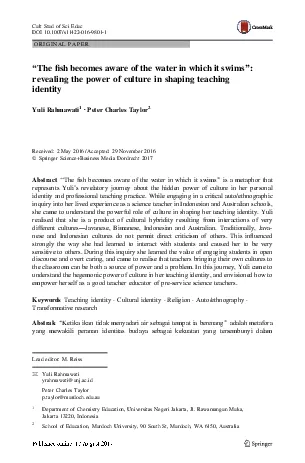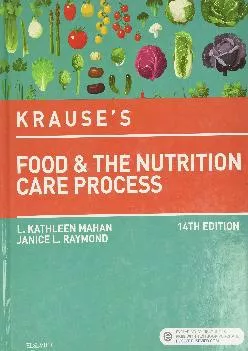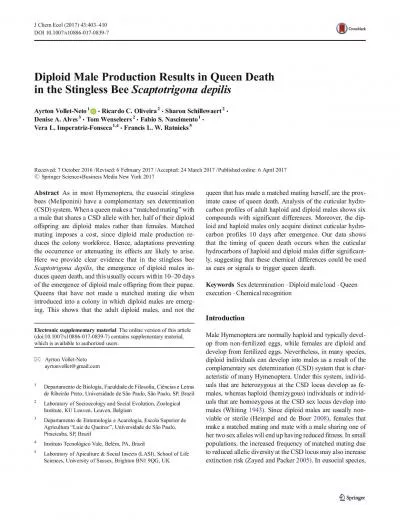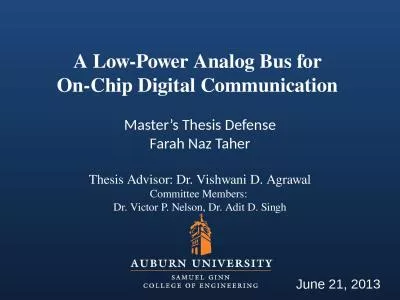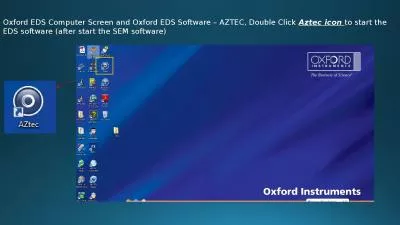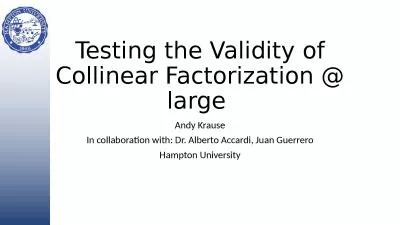PDF-W. K. H. Krause and R. K. Naz (eds.), DOI: 10.1007/978-3-642-01379-9_2
Author : myesha-ticknor | Published Date : 2016-08-12
The Immune Privilege of the Testis Monika Fijak Sudhanshu Bhushan and Andreas Meinhardt 21 211Introduction Male germ cells GC enter meiosis beginnin
Presentation Embed Code
Download Presentation
Download Presentation The PPT/PDF document "W. K. H. Krause and R. K. Naz (eds.), DO..." is the property of its rightful owner. Permission is granted to download and print the materials on this website for personal, non-commercial use only, and to display it on your personal computer provided you do not modify the materials and that you retain all copyright notices contained in the materials. By downloading content from our website, you accept the terms of this agreement.
W. K. H. Krause and R. K. Naz (eds.), DOI: 10.1007/978-3-642-01379-9_2: Transcript
Download Rules Of Document
"W. K. H. Krause and R. K. Naz (eds.), DOI: 10.1007/978-3-642-01379-9_2"The content belongs to its owner. You may download and print it for personal use, without modification, and keep all copyright notices. By downloading, you agree to these terms.
Related Documents

